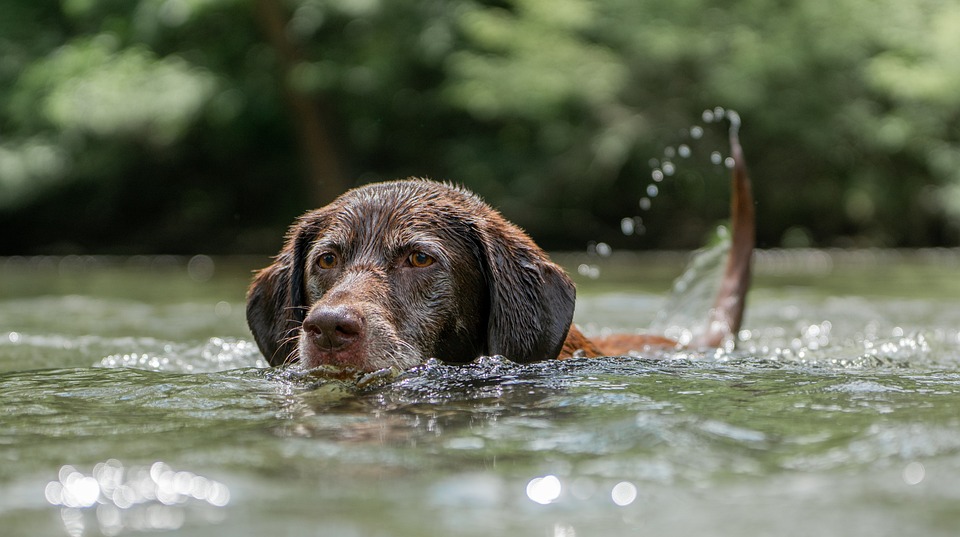Header Image: A happy dog with well-groomed paws, walking on a grassy field.
Introduction:
Taking care of your furry friend goes beyond just regular grooming and feeding. One crucial aspect of dog care is ensuring that their paws and nails are in good shape. Regularly checking and cleaning your dog’s paws and nails not only contributes to their overall well-being but also prevents potential health issues. In this article, we will explore the importance of paw and nail care, step-by-step cleaning techniques, and address some frequently asked questions.
Why is Paw and Nail Care Important for Your Dog?
1. Ensuring Comfortable Mobility:
Properly trimmed nails and clean paws allow your dog to walk, run, and play comfortably. Overgrown nails can cause pain and discomfort, while dirt and debris can lead to irritation or injuries.
2. Detecting and Preventing Health Issues:
Regularly inspecting your dog’s paws and nails allows you to identify any irregularities, such as cuts, swelling, or redness. By catching these issues early on, you can seek appropriate veterinary care and prevent them from worsening.
3. Maintaining Good Nail Health:
Long nails can become prone to breakage, splitting, or even ingrown nails. Trimming your dog’s nails regularly helps maintain their overall nail health and prevents potential issues.
4. Minimizing the Risk of Infections:
Dirty paws can harbor bacteria, fungi, and parasites. By keeping your dog’s paws clean, you can minimize the risk of infections and other related health problems.
5. Preventing Paw Pad Injuries:
Paw pads can become dry, cracked, or injured due to rough surfaces or extreme weather conditions. Regular paw pad care and moisturization help keep them healthy and protected.
Step-by-Step Guide for Checking and Cleaning Your Dog’s Paws and Nails
1. Preparing for the Paw and Nail Care Routine:
Before you begin, gather the necessary supplies such as nail clippers or grinders, styptic powder (in case of bleeding), a towel, and dog-friendly paw cleaning products. Create a calm and comfortable environment for your dog by choosing a quiet and well-lit area.
2. Checking Your Dog’s Paws:
Start by inspecting your dog’s paws for any irregularities or issues. Look for cuts, swelling, redness, or foreign objects stuck between their toes. Gently spread their paw pads apart and check for any signs of infection or injury.
3. Trimming Your Dog’s Nails:
If your dog’s nails are long, it’s time for a trim. Understand the ideal nail length for your specific breed or consult with your veterinarian. Use nail clippers or grinders designed for dogs, as human nail clippers may cause discomfort or damage. Trim carefully, avoiding the quick (the pink area inside the nail), and file any sharp edges.
4. Cleaning Your Dog’s Paws:
Prepare a warm water bath for your dog’s paws. Gently soak each paw, ensuring the water is not too hot or cold. Use a dog-friendly paw cleaning product or mild soap to clean their paws, paying attention to the areas between the toes and paw pads. Rinse thoroughly and pat dry with a towel. Apply a dog-friendly paw balm or moisturizer to keep their paws hydrated.
Frequently Asked Questions (FAQs)
Q1: How often should I check my dog’s paws and nails?
A: It is recommended to check your dog’s paws and nails at least once a week, or more frequently if your dog is active outdoors.
Q2: Can I use human nail clippers to trim my dog’s nails?
A: No, it is best to use nail clippers specifically designed for dogs. Human nail clippers may cause discomfort or damage to your dog’s nails.
Q3: My dog dislikes having their paws touched. How can I make the process easier?
A: Gradual desensitization and positive reinforcement techniques can help your dog become more comfortable with paw handling. Rewarding with treats and praise during the process can also make it more enjoyable for them.
Q4: Are there any paw care products I can use to maintain good paw health?
A: Yes, there are various dog-friendly paw balms and moisturizers available that can help keep your dog’s paws hydrated and protected, especially during harsh weather conditions.
Q5: What should I do if I notice any abnormalities or issues during the paw and nail care routine?
A: If you detect any abnormalities, such as cuts, swelling, redness, or persistent limping, it is advisable to consult your veterinarian for a proper diagnosis and treatment.
Conclusion:
Regularly checking and cleaning your dog’s paws and nails is an essential part of their overall care routine. By following the step-by-step guide provided in this article, you can ensure your furry friend’s paws and nails remain healthy and free from any discomfort or potential health issues. Remember, a little care goes a long way in keeping your dog happy, healthy, and always ready for their next adventure!









